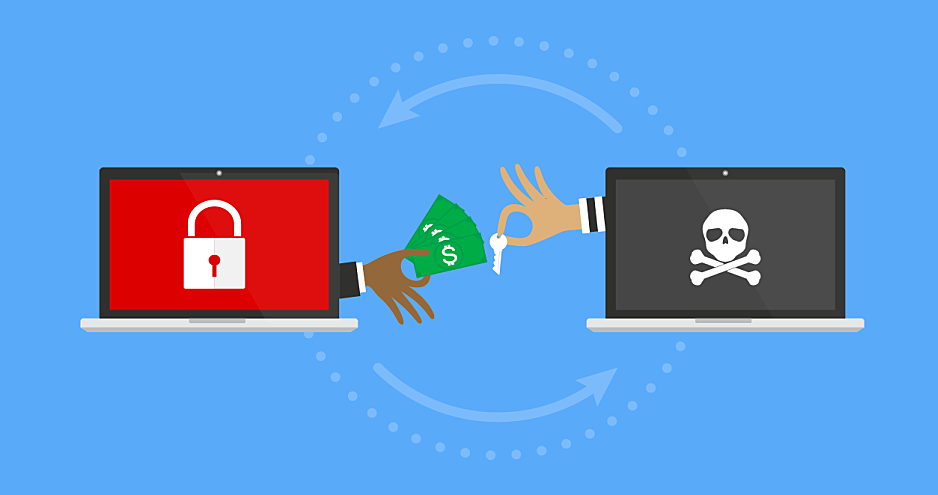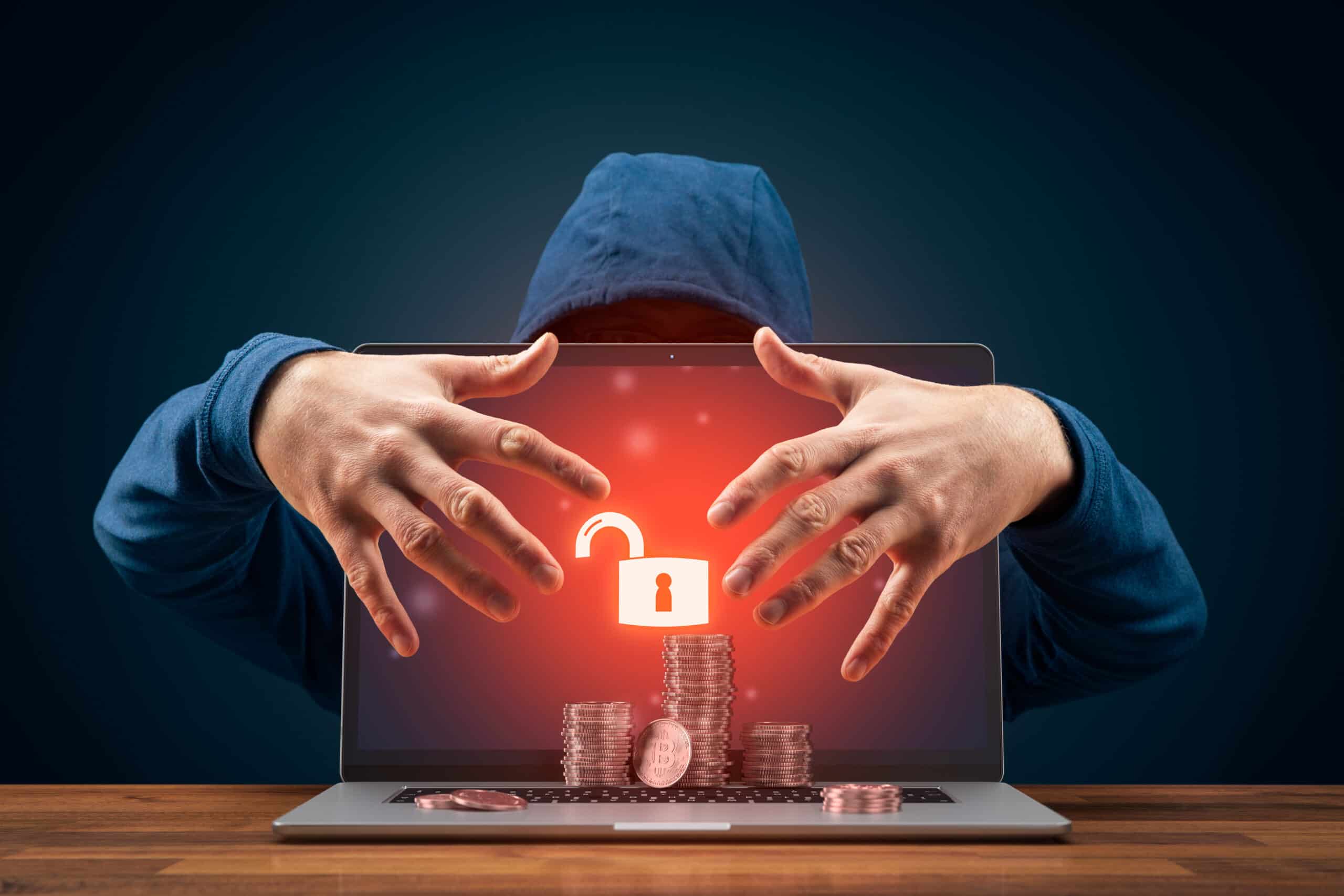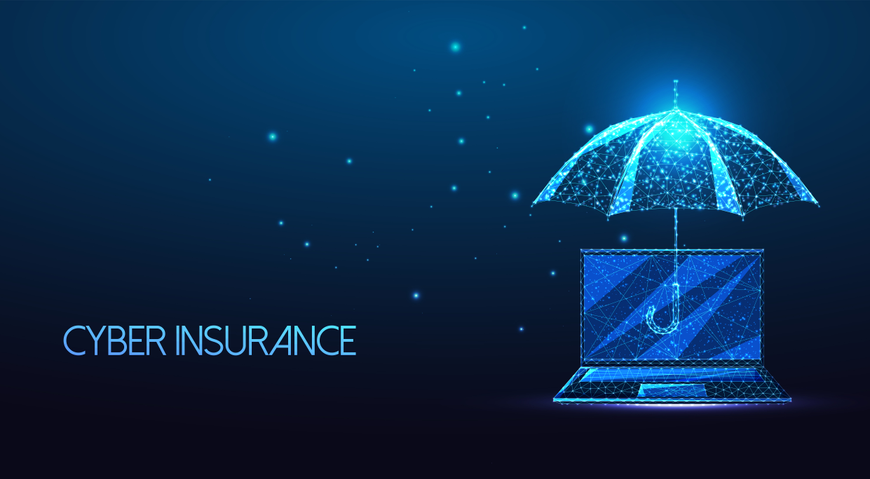Table of Contents
- What is Ransomware?
- Current Trends in Ransomware
- Impact on Businesses and Individuals
- Predictions for the Future
- Best Practices for Prevention
- How Technology Can Help
- Conclusion
What is Ransomware?

Ransomware is malicious software specifically designed to infiltrate computer systems or block access to data until a ransom is paid. These attacks have been on the rise and are becoming increasingly sophisticated, posing a significant threat to both individuals and organizations. It is essential for everyone to have a solid understanding of ransomware in order to safeguard their digital assets effectively.
Initially, ransomware primarily targeted individual users, but it has shifted its focus to businesses, government agencies, and other large entities. Attackers typically gain unauthorized access through phishing emails, social engineering, and software vulnerabilities. Once they have breached a system, they encrypt crucial data and demand a ransom, often cryptocurrency, to decrypt the information. In today’s digital age, it is essential to have a deep understanding of how ransomware operates and the necessary steps to prevent it.
Current Trends in Ransomware
The landscape of ransomware is continuously evolving. One troubling trend is the rise of Ransomware-as-a-Service (RaaS), where cybercriminals lease ransomware tools to affiliates, who then execute attacks. This model makes it easier for even non-tech-savvy criminals to launch sophisticated ransomware attacks. It lowers the bar for entry into the ransomware game, widening the pool of potential attackers.
Additionally, the trend of dual extortion is growing. Attackers encrypt data and threaten to release sensitive information if the ransom isn’t paid, increasing the pressure on victims to comply. These tactics have made ransomware one of the most formidable threats in cybersecurity today. Many victims pay the ransom not just to regain access to their data but to prevent the exposure of potentially damaging or sensitive information.
Impact on Businesses and Individuals

The impact of ransomware can be devastating. For businesses, the consequences include financial loss, operational disruption, and damage to reputation. SMEs may need more corporations’ robust cyber security frameworks, making them targets for ransomware attackers.
Individuals face risks such as data loss and privacy invasions and may experience overwhelming financial strain and potential loss of irreplaceable personal data if they fall victim to cyber-attacks. Additionally, recovering from a ransomware attack can involve extensive time and resources, further exacerbating the impact on daily life. Personal files, photos, and critical documents can be lost forever, affecting financial and emotional well-being.
Predictions for the Future
Experts predict that ransomware will become increasingly targeted and advanced. Future ransomware may leverage artificial intelligence (AI) and machine learning (ML) to uncover and exploit vulnerabilities more efficiently. These advancements could make ransomware attacks more elusive and challenging to defend against. For instance, AI can discover new vulnerabilities faster than human hackers, and ML can help automate parts of the attack process, increasing both speed and efficiency.
The financial implications are also expected to rise, placing greater importance on preemptive measures and robust online security protocols. As ransom demands increase, the cost to recover from an attack—not just in terms of the ransom itself but also the associated recovery efforts—will become more burdensome. Hence, adopting a proactive stance toward cybersecurity will become more crucial, requiring organizations and individuals to be vigilant and prepared.
Best Practices for Prevention

Preventing ransomware requires a multi-layered approach. Foundational steps include keeping software up-to-date, enforcing strong access controls, and performing regular data backups. Employees must also be educated about recognizing phishing attempts and other common attack vectors. Knowledge and awareness can act as a first line of defense; understanding what to look for can prevent many attacks before they succeed. Ensuring all team members can identify and respond to potential threats can significantly reduce the risk of a successful attack. Regular training sessions and simulated phishing attempts can reinforce this knowledge, making it an integral part of an organization’s security culture.
How Technology Can Help
Technology plays a crucial role in combating ransomware. Automation, AI, and advanced threat detection systems help identify and neutralize ransomware before it can cause significant harm. Security Information and Event Management (SIEM) systems also play a crucial role by collecting real-time data from various sources to offer comprehensive insights that facilitate rapid responses to potential threats. These systems can process large volumes of data in real-time, identify suspicious activities, and promote faster incident responses.
Furthermore, next-generation firewalls and endpoint protection solutions are invaluable components of a robust cybersecurity strategy. These technologies can help detect and mitigate attacks, ensuring that businesses and individuals are better protected against ransomware threats.
Features like sandboxing, behavior analysis, and exploit detection can stop threats before they infiltrate the network. The continuous evolution of these technologies means they are constantly improving, helping organizations stay one step ahead of attackers.
The Role of Government and Legislation
Governments around the world are recognizing the severe threat posed by ransomware and are starting to take action. Legislative measures are being introduced to impose stricter penalties on cybercriminals and to regulate how businesses respond to ransomware attacks. These laws often mandate that companies report ransomware incidents, which helps to create a more comprehensive understanding of the threat landscape and facilitates the sharing of vital information.
Additionally, governments are investing in cybersecurity research and providing resources to help businesses and individuals defend against ransomware. Collaboration between the private sector and government agencies is becoming increasingly crucial in developing coordinated strategies to combat cyber threats.
The Importance of Cyber Insurance

As ransomware attacks become more prevalent and costly, many businesses are turning to cyber insurance as a protective measure. Cyber insurance policies can cover a range of expenses related to ransomware attacks, including the ransom payment, legal fees, and costs associated with restoring data and systems.
While cyber insurance can provide financial relief in the aftermath of an attack, it is not a substitute for robust cybersecurity practices. Businesses must carefully evaluate their insurance policies to understand what is covered and ensure that they are meeting the necessary security requirements to qualify for coverage. By integrating cyber insurance with comprehensive security measures, businesses can create a more resilient defense against ransomware attacks.
Conclusion
Ransomware, malicious software, presents an increasingly sophisticated and growing threat in the digital world. These attacks occur when cybercriminals encrypt a victim’s data and demand a ransom for the decryption key. Individuals and businesses must understand these attacks and stay updated on new trends to develop effective defense strategies.
By embracing best practices such as regular data backups, employing robust cybersecurity measures, and utilizing cutting-edge technologies like behavioral analytics and machine learning, individuals and businesses can reduce their vulnerability to ransomware. Taking proactive measures, such as conducting regular security assessments and employee training, and maintaining constant vigilance are crucial in avoiding and mitigating the impact of these malicious threats.



